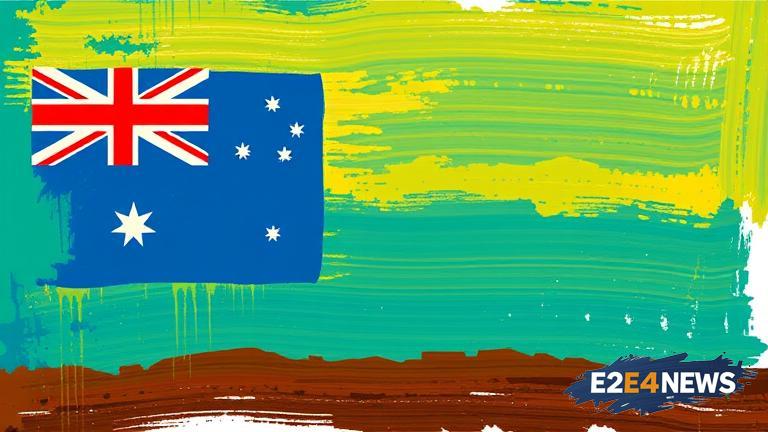The Closing the Gap initiative, launched in 2008, aimed to address the significant disparities in health, education, and economic outcomes between Indigenous and non-Indigenous Australians. However, despite the fanfare and commitments made by successive governments, the progress has been slow and uneven. The latest report card on the initiative has revealed that only two out of the seven targets set are on track to be met. The targets that are not on track include closing the gap in life expectancy, child mortality, school attendance, and literacy and numeracy rates. The report has sparked widespread criticism, with many arguing that the government is paying lip service to the issue. Ian Thorpe, the Australian Olympic swimmer and Indigenous advocate, has been vocal in his criticism, stating that the government needs to take a more nuanced and comprehensive approach to addressing the complex issues faced by Indigenous Australians. Thorpe has emphasized the need for greater investment in community-led initiatives and programs that prioritize Indigenous self-determination and empowerment. The government has responded to the criticism by announcing new funding commitments and initiatives, but many remain skeptical about the effectiveness of these measures. The Closing the Gap initiative has been plagued by a lack of transparency and accountability, with many questioning the effectiveness of the billions of dollars spent on the program. The initiative has also been criticized for its top-down approach, which has been seen as paternalistic and dismissive of Indigenous perspectives and experiences. The Australian Indigenous leadership has called for a more collaborative and inclusive approach, one that prioritizes Indigenous voices and perspectives. The government has acknowledged the need for greater Indigenous involvement and participation, but the pace of change has been slow. The Closing the Gap initiative has also been impacted by the COVID-19 pandemic, which has exacerbated existing health and socioeconomic disparities. The pandemic has highlighted the need for more urgent and sustained action to address the significant gaps in healthcare and other essential services. The Australian government has faced criticism for its handling of the pandemic in Indigenous communities, with many arguing that the response has been inadequate and ineffective. The government has announced new measures to support Indigenous communities, including increased funding for healthcare and other essential services. However, many remain concerned about the long-term impact of the pandemic on Indigenous Australians and the need for more sustained and comprehensive support. The Closing the Gap initiative has also been criticized for its narrow focus on discrete targets and outcomes, rather than addressing the broader structural and systemic issues that underpin the disparities. The initiative has been seen as a Band-Aid solution, one that fails to address the root causes of the problems. The Australian Indigenous leadership has called for a more comprehensive and nuanced approach, one that prioritizes Indigenous self-determination and empowerment. The government has acknowledged the need for a more holistic approach, but the pace of change has been slow. The Closing the Gap initiative has significant implications for Australia’s reputation and standing on the global stage. The initiative has been seen as a test of Australia’s commitment to reconciliation and its willingness to address the historical injustices faced by Indigenous Australians. The government has faced criticism for its handling of the initiative, with many arguing that it has failed to demonstrate a genuine commitment to reconciliation and Indigenous empowerment. The initiative has also been impacted by the changing political landscape, with many arguing that the government’s priorities and commitments have shifted over time. The Australian Indigenous leadership has called for a more sustained and comprehensive commitment to reconciliation and Indigenous empowerment, one that prioritizes Indigenous voices and perspectives.





